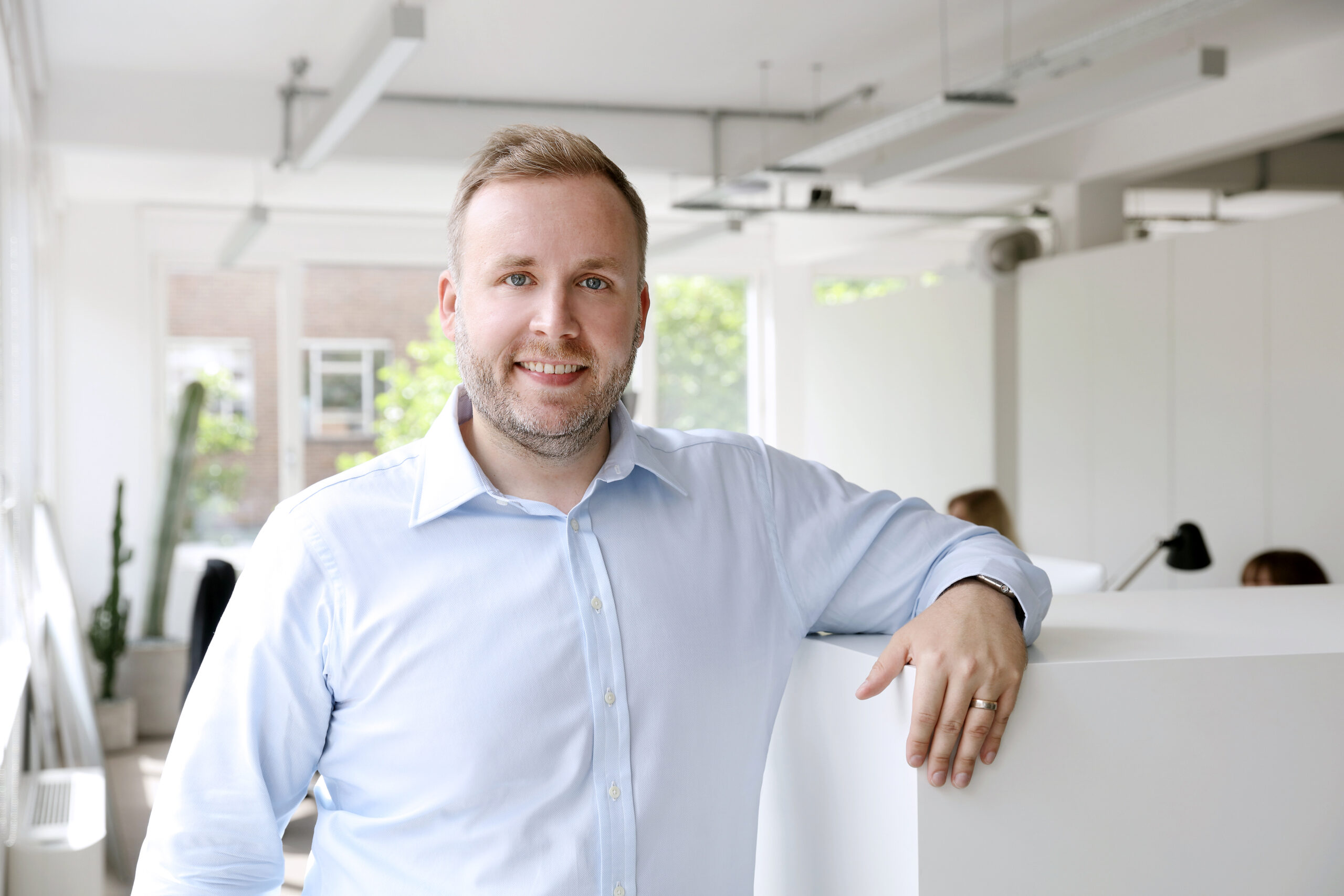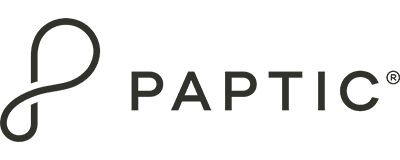Paptic 10 years -An Interview with Aapo Bovellan

Paptic turns 10 this year. To celebrate the milestone, we’ll be sharing moments from our journey throughout the year, some of the stories that have shaped us and the brand we’ve built.
Paptic was founded in 2015, and throughout its journey, it has encountered forward-looking individuals who have strongly believed in its innovation and future. One of them is Aapo Bovellan, founding partner at Proxy.vc.
Aapo and his team were among the very first to see the potential of Paptic’s idea. Not only did Proxy.vc step in as one of the company’s earliest investors, but Aapo also worked closely with the founders to build the Paptic® brand from the ground up.
Let’s get to know Aapo.
Who Are You?
I’m Aapo Bovellan, one of the three partners at London-based Proxy.vc. We were among Paptic’s first investors and helped build the Paptic brand together with the company. I was a member of Paptic’s board for the first six years.
When and why did you become interested in Paptic?
Paptic sent a cold email to Proxy’s info address just before Slush in November 2014. We met the team at the event and were immediately intrigued by their creative new solution to replace plastic in packaging.
The founding team was a convincing mix of scientific expertise and commercial mindset, and the investors involved had deep knowledge of material technologies. That gave us confidence to venture into a new industry.
We also believed we could add value early on by building a strong material brand, one credible enough to open doors to multinational corporations.
What do you see as Paptic’s greatest strengths?
As a material, Paptic is a perfect substitute for plastic in flexible packaging, carrier bags, and pouches. It is durable, flexible, and made from renewable resources.
Its user experience matches or surpasses that of plastic and paper. Unlike many other material innovations, Paptic doesn’t require consumer behaviour changes—it can immediately replace existing plastic and paper applications.
What’s the worst excuse for not switching to sustainable packaging?
Over the past decade, we’ve seen that many large companies want to adopt better materials, but their decision-making is slow.
Before a material reaches the market, companies go through:
- Internal alignment on material adoption
- Extensive testing and certification reviews
- Commercial negotiations
- Integration into their production cycle
With Paptic®, already proven in the markets and used by major brands, I hope companies can streamline this process and make sustainable choices faster.
If you had unlimited power in the packaging industry, what would you do?
The world is full of unnecessary plastic that could be replaced with Paptic®:
- Carrier bags for supermarkets
- Packaging electronics and electronics’ accessories
- Hygiene packaging
- E-commerce mailing envelopes
- Fruit & vegetable bags in supermarkets
I live in French Polynesia, where plastic bags have been completely banned for years—and it has caused zero problems. Quite the opposite. On our Monday dives, we never see plastic bags floating among the coral reefs.
A personal example: I’ve been using a Paptic laptop bag for about five years now. It’s been through a lot of wear and tear, constant use, travel and everything in between, but it’s still going strong. To me, that’s a powerful symbol of what Paptic stands for: sustainable solutions that perform, last and make a real difference.
Where do you see Paptic in the future?
The direction we set ten years ago is still the right one. Each year, The material has become thinner, softer, and more flexible—outperforming plastic and paper even more.
With its unique technology, I believe Paptic has the potential to grow into a global packaging giant, on the scale of Tetra Pak.
